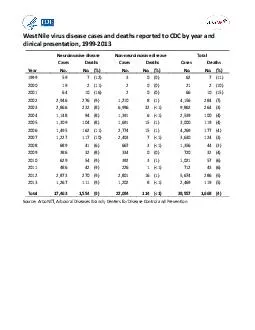PPT-The Effect Agglomeration Economies on Firm Deaths: A Compar
Author : karlyn-bohler | Published Date : 2017-07-17
By Justin Doran University College Cork Bernadette Power University College Cork Geraldine Ryan University College Cork Objective The paper analyses the effect
Presentation Embed Code
Download Presentation
Download Presentation The PPT/PDF document "The Effect Agglomeration Economies on Fi..." is the property of its rightful owner. Permission is granted to download and print the materials on this website for personal, non-commercial use only, and to display it on your personal computer provided you do not modify the materials and that you retain all copyright notices contained in the materials. By downloading content from our website, you accept the terms of this agreement.
The Effect Agglomeration Economies on Firm Deaths: A Compar: Transcript
Download Rules Of Document
"The Effect Agglomeration Economies on Firm Deaths: A Compar"The content belongs to its owner. You may download and print it for personal use, without modification, and keep all copyright notices. By downloading, you agree to these terms.
Related Documents














